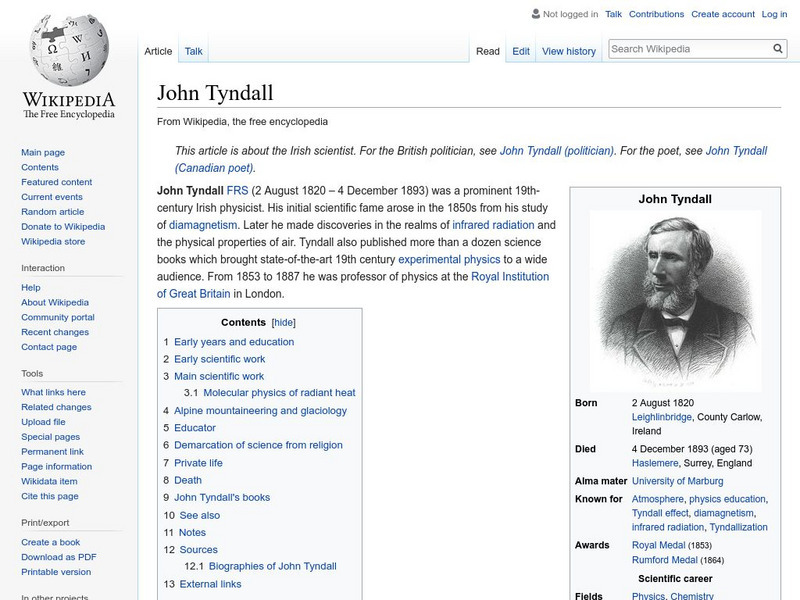National Humanities Center
National Humanities Center: Toolbox Library: Charles Sellers: Triumph of Nationalism: America, 1815 1850
A secondary account from a contemporary historian that examines early nineteenth century forces and the interplay of markets and territorial expansion.
National Humanities Center
National Humanities Center: Toolbox Library: Hezekiah Niles: Triumph of Nationalism: America, 1815 1850
Magazine excerpts that celebrate the government sponsored internal improvements of the early nineteenth century and the market economy that they fueled.
National Humanities Center
National Humanities Center: Toolbox Library: Henry David Thoreau, Excerpts From "Economy," Ch. 1 of Walden, 1854
A chapter from Walden that critiques and challenges the new market economy of the nineteenth century.
National Humanities Center
National Humanities Center: Toolbox Library: Memory, the Gilded and the Gritty: America, 1870 1912
Twelve primary sources - historical documents, literary texts, and visual images - that explore ways in which the memory of the Civil War affected American life in the last quarter of the nineteenth century.
National Humanities Center
National Humanities Center: Toolbox Library: Gross Clinic, the Gilded and the Gritty: America, 1870 1912
Thomas Eakins's controversial painting that reflects the skill of professional, scientific practitioners during the late-nineteenth century.
National Humanities Center
National Humanities Center: Toolbox Library: Progress: The Meaning of the Machine: Southern Stasis
A survey of the lagging Southern economy of the late-nineteenth century and two speeches, one by a black Southerner and one by a white Southerner, making the case for Northern investment in the region.
National Humanities Center
National Humanities Center: Toolbox Library: The Meaning of the Machine: The 1893 World's Columbian Exposition
Two views of late-nineteenth-century American progress: Henry Adams criticizes it in his autobiography, and the Columbian Exposition of 1893 praises it.
National Humanities Center
National Humanities Center: Toolbox Library: People: Assimilation and the Crucible of the City: Street Life in New York
Excerpt from Horatio Alger's well-known novel, "Ragged Dick, Or, Street Life in New York," that describes the values and attitudes needed to make it in the capitalistic, urban America of the late-nineteenth century.
National Humanities Center
National Humanities Center: Toolbox Library: People: Assimilation and the Crucible of the City: Exclusion
This lesson examines government reports that urged restrictions on immigration to America at the turn of the nineteenth century.
National Humanities Center
National Humanities Center: Toolbox Library: Power: Taming the Octopus: The Image of the Octopus
Six versions of the octopus, a pervasive image in late-nineteenth-century America, that illustrate the extensive and corrosive power held by corporations over American political and economic life. Reading guide with discussion questions.
National Humanities Center
National Humanities Center: Toolbox Library: The Making of African American Identity: Volume Ii 1865 1917
Uses primary resources-historical documents, literary texts, visual images, audio, and video material-to explore how African Americans created group and individual identities in the late-nineteenth century. Topics include freedom,...
Education Development Center
Education Development Center, Inc: Weblabs: Mendel
Explore the genetics of plants discovered by Gregor Mendel in the nineteenth century. These interactives will walk users through the planting and growth of pea plants, possible combinations of plans to alter traits, predict the results...
Library of Congress
Loc: Today in History: November 4: Election Day
Learn about the history of November 4, which is an election day in the United States. Includes a discussion of presidential elections in the nineteenth century, and women's struggle to obtain the right to vote.
National Archives (UK)
National Archives: Victorian Britain: Industrial Nation
Mining in England early in the Industrial Revolution was very dangerous. Source 4 presents clippings from Lord Ashley's report illustrating the conditions of working in mines and factories in the early-mid nineteenth century England....
Library of Congress
Loc: Child Labor in the Canning Industry of Maryland [Pdf]
Child labor was a terribly common, but dangerous thing near the end of the nineteenth century. Read this report of the conditions in a particular cannery in Maryland where many young children are working the lines.
PBS
Pbs Teachers: Conflicting Newspaper Accounts (Civil War Lesson Plan) [Pdf]
Multilayered lesson plan that begins with analysis of a series of photographs of the battle of Antietam and ends with writing an account of the battle in the style of a nineteenth-century war correspondent from opposing perspectives of...
Georgia Humanities Council and the University of Georgia Press.
New Georgia Encyclopedia: Blues Music: Overview
Overview and definition of blues music that developed in the southern United States in the early nineteenth century. Performers from Georgia include Ray Charles, Ma Rainey, Little Richard, and the Allman Brothers.
Wikimedia
Wikipedia: John Tyndall
Detailed information on nineteenth-century scientist and natural philosopher John Tyndall.
Wikimedia
Wikipedia: Franz Schubert
Wikipedia offers biographical information on Franz Peter Schubert, nineteenth century Austrian composer.
Art Institute of Chicago
Art Institute of Chicago: Art Access: American Art to 1900
Study works of American art from the eighteen and nineteenth centuries. Works in a variety of media, including the decorative arts, are represented as are pieces by some of America's best-known artists: Copley, Church, Homer, and...
Tom Richey
Tom Richey: Reform in Britain
How did Britain avoid a revolution amongst their own in England? Discover how several Parliamentary reforms played a role in a brewing revolution. This slideshow will enhance studying nineteenth century Britain.
Texas A&M University
Sons of De Witt Colony Texas: Slavery in Early Texas
This in-depth account of slavery in early Texas shares first-hand information and personal stories to give a true picture of what it was like in Texas the middle of the nineteenth century.
TED Talks
Ted: Ted Ed: Does "The Wonderful Wizard of Oz" Have a Hidden Message?
In his introduction to "The Wonderful Wizard of Oz," L. Frank Baum claims that the book is simply an innocent children's story. But some scholars have found hidden criticisms of late-nineteenth-century economic policies in the book. Is...
Other
University of Vermont: Godey's Lady's Book: Sarah Josepha Hale
A biography of Sarah Josepha Hale, editor of Godey's Lady's Book for forty years in the mid-nineteenth century.
Other popular searches
- Nineteenth Century England
- Melodrama Nineteenth Century
- Nineteenth Century Reforms
- Nineteenth Century Russia
- Nineteenth Century Clothing
- Nineteenth Century Virginia
- Nineteenth Century Ireland
- Nineteenth Century America



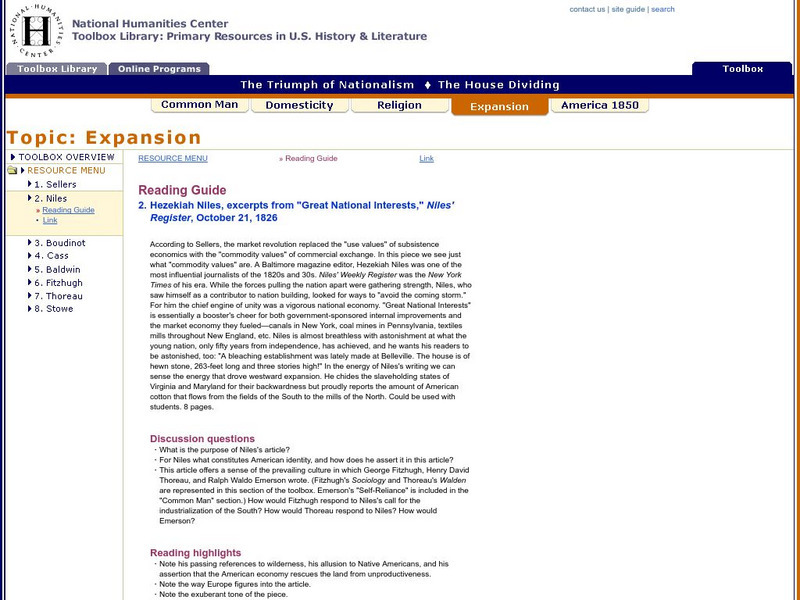
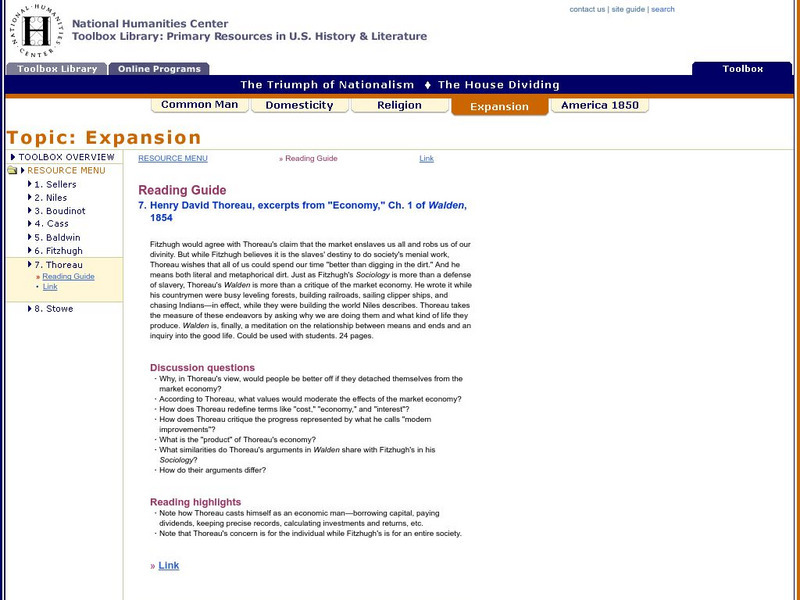



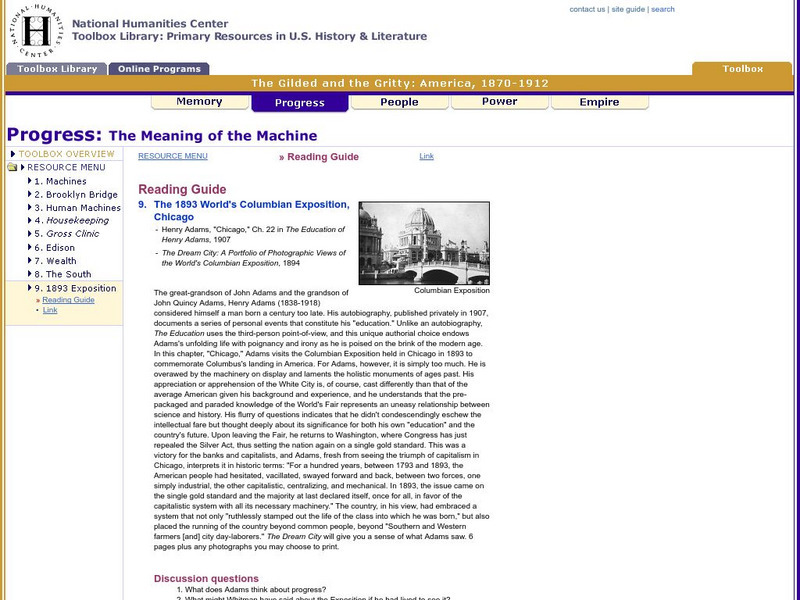





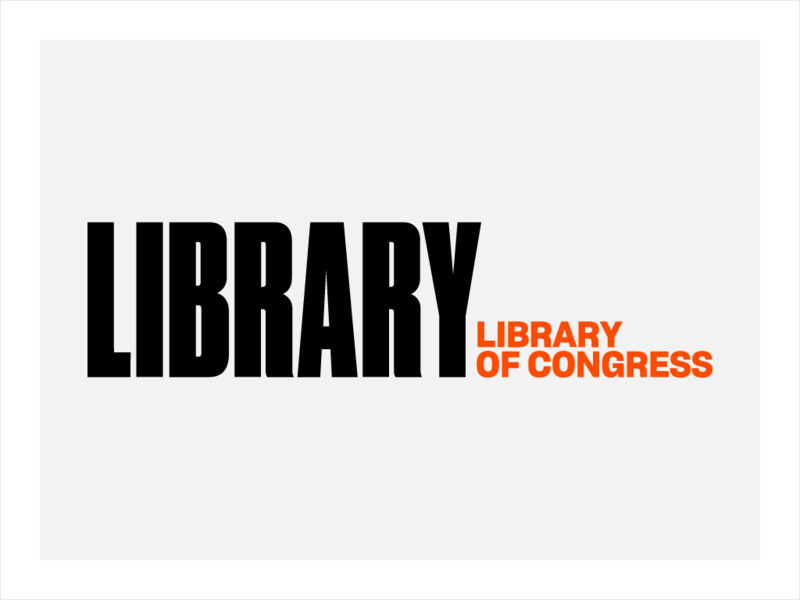

![Loc: Child Labor in the Canning Industry of Maryland [Pdf] Primary Loc: Child Labor in the Canning Industry of Maryland [Pdf] Primary](http://content.lessonplanet.com/resources/thumbnails/409970/large/bwluav9tywdpy2symdiwmduymc0xmdkznc0xcmu3y2hnlmpwzw.jpg?1589982789)
![Pbs Teachers: Conflicting Newspaper Accounts (Civil War Lesson Plan) [Pdf] Lesson Plan Pbs Teachers: Conflicting Newspaper Accounts (Civil War Lesson Plan) [Pdf] Lesson Plan](https://content.lessonplanet.com/knovation/original/41528-385cb213e0de2299b311cc32f0592197.jpg?1661419286)

